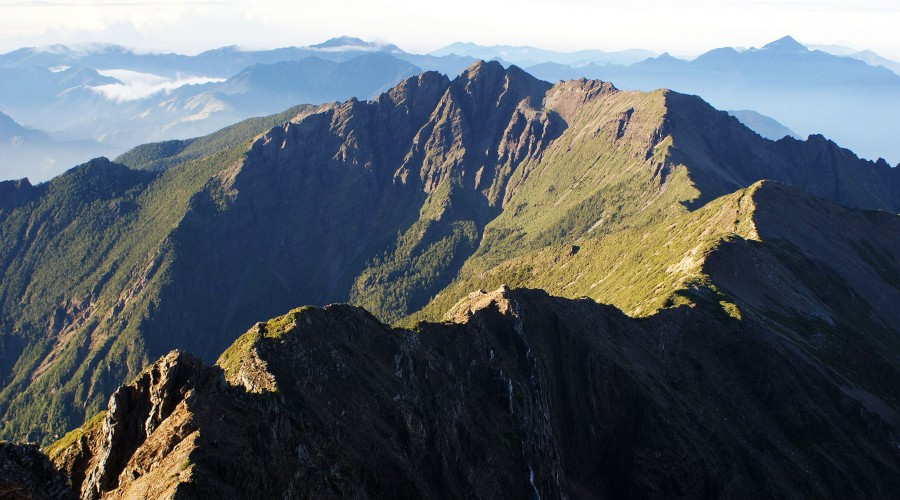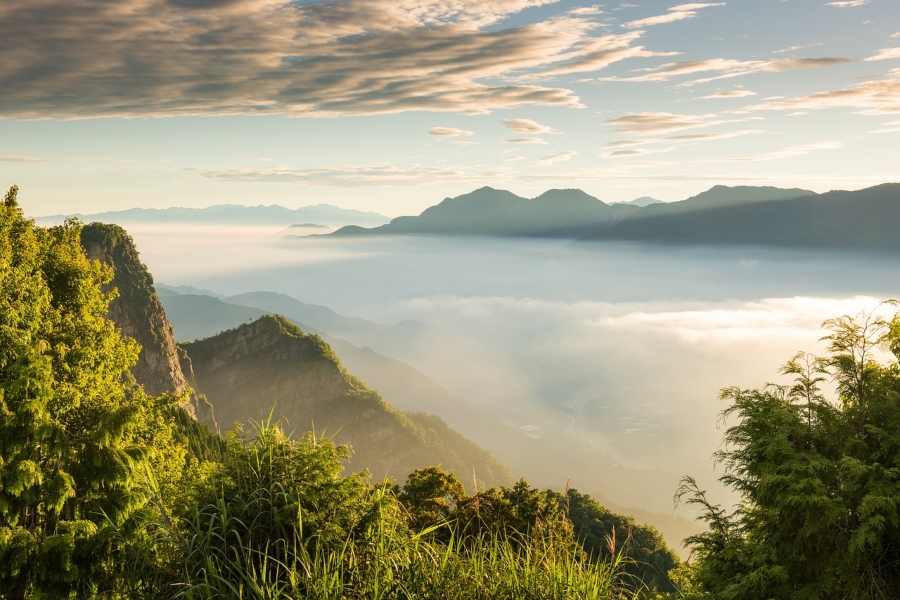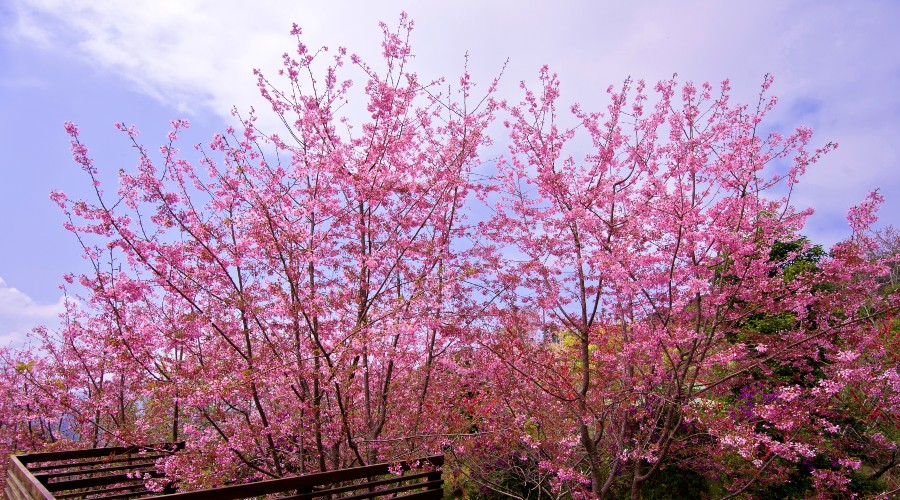Exploring Taiwan’s Majestic Mountains on International Mountain Day
Taiwan’s Towering Peaks
When it comes to celebrating International Mountain Day, few places are as relevant as Taiwan, a land often described as two-thirds mountains. These rugged hills embrace Taipei, and on clear days, the Central Mountain Range is visible from Taichung. Nearly one-third of the island stands at elevations exceeding 1,000 meters (3,281 feet), while a significant tenth reaches heights of 2,500 meters (8,202 feet) or more.

Biodiversity in Taiwan’s Uplands
Taiwan’s mountainous landscapes create a captivating world of temperate forests, shy wildlife, and unique bird species. You don’t need to venture deep into the foothills to encounter Taiwan’s only primate, the Formosan macaque, also known as the Formosan rock monkey. Further into the mountains, you might spot the nocturnal Reeves’s muntjacs and larger creatures like Formosan sambars and Formosan black bears.
Birdwatcher’s Paradise
Mountainous Taiwan is a haven for birdwatchers. The region is home to exclusive avian species like the Taiwan partridge and the Mikado pheasant, both endemic to the island. As you ascend, the chances of spotting the majestic Crested serpent eagle increase, as it circles in search of prey.

Scaling Summits and Exploring Trails
With 258 named peaks surpassing 3,000 meters (9,843 feet), Taiwan offers a plethora of summits and trails to explore. The mountainous interior is a popular destination for both locals and international adventurers, making it a trekker’s paradise.
The Enchanting Taroko Gorge
The captivating Taroko Gorge, shaped by a powerful river influenced by tropical weather patterns, is one of Taiwan’s most revered attractions. While the gorge deserves its acclaim, we at Life of Taiwan delight in taking you to the lesser-visited inland section, accessible via a private car and personal driver. Here, you’ll encounter world-class mountain vistas and isolated villages where indigenous Austronesian cultures and languages endure.
Sustainable Mountain Tourism
This year’s International Mountain Day theme is sustainable mountain tourism, a matter close to our hearts at Life of Taiwan and cherished by Taiwan’s hiking community. Due to Taiwan’s high population density and growing interest in outdoor activities, authorities diligently manage tourism’s ecological impact in sensitive regions.
Scaling Peaks: Yushan and Xueshan
To reach the highest points in Northeast Asia, Yushan (Mount Jade) and Xueshan (Snow Mountain), travelers need permits due to limited accommodations and strict quotas. Additionally, these peaks close to researchers for a month each winter. Life of Taiwan can manage the permit process, ensuring your access to these towering summits.

Alishan’s Tranquility
Situated 2,216 meters (7,270 feet) above sea level, Alishan is a historic mountain resort just a two-hour drive from Chiayi’s high-speed train station. Here, you can explore enchanting giant-cypress groves, hike user-friendly paths, and, if you’re an early riser, experience the sublime “Sea of Clouds.”

Navigating Taiwan’s Mountains
While Taiwan’s mountains are accessible, they should never be underestimated. Visitors are advised to stick to designated trails for their safety and to protect the environment. Even at high altitudes, the weather can be unpredictable. Having a knowledgeable local guide is highly recommended for an unforgettable mountain adventure.
Plan Your Taiwan Adventure
Ready to embark on your next journey to Taiwan? Get in touch with us at Life of Taiwan, where our experienced travel designers are eager to share their expertise and help you plan a customized private tour of Taiwan that caters to your every need.
